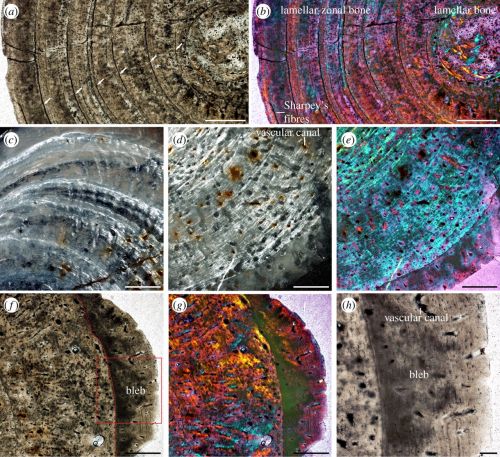Palaeontology and Open Science news roundup: June 8th, 2018
Welcome to your usual weekly roundup of vaguely interesting stuff that happened in the last week! Enjoy, and let me know if I’ve missed anything out. Previous week.
Palaeontology news
- Moore et al: Cranial anatomy of Bellusaurus sui (Dinosauria: Eusauropoda) from the Middle-Late Jurassic Shishugou Formation of northwest China and a review of sauropod cranial ontogeny.
- Watanabe: How many landmarks are enough to characterize shape and size variation?
- Davesne et al: Exceptional preservation of a Cretaceous intestine provides a glimpse of the early ecological diversity of spiny-rayed fishes (Acanthomorpha, Teleostei).
- Surmik et al: Tuberculosis-like respiratory infection in 245-million-year-old marine reptile suggested by bone pathologies.

- Fleischle et al: Quantitative histological models suggest endothermy in plesiosaurs.
- Bestwick et al: Pterosaur dietary hypotheses: a review of ideas and approaches.
Open Science News
- Preprints growth rate ten times higher than journal articles – Crossref.
- Italian scientists increase self-citations in response to promotion policy – Nature Index.
- Six principles for assessing scientists for hiring, promotion, and tenure – LSE Impact Blog.

- COAR are investigating peer review overlay services.
Stuff I’ve done
- Lots of nice updates to the paleorXiv website.
- Shared two new postprints on paleorXiv too:
- Biotic and environmental dynamics through the Late Jurassic–Early Cretaceous transition: evidence for protracted faunal and ecological turnover.
- An unusual small-bodied crocodyliform from the Middle Jurassic of Scotland, UK, and potential evidence for an early diversification of advanced neosuchians.
- I seem to have been awarded a Shuttleworth Flash Grant too…
- Numerous updates to the Open Science MOOC project. Check it all out here!
- Launched and revamped the new Meta-Paleo website! Have a look, let me know what you think.
- Also migrated the MetaPaleo projects to the Open Science Framework.
- Maintaining my usual professional tone in this interview: “When engaging with open science, the best thing to do is let the other people speak first. Find out what problems they have, and present a solution. Some times, the best approach is not to even mention ‘open’. Find out what the common values are, and use them as leverage. Not being a dick helps too.